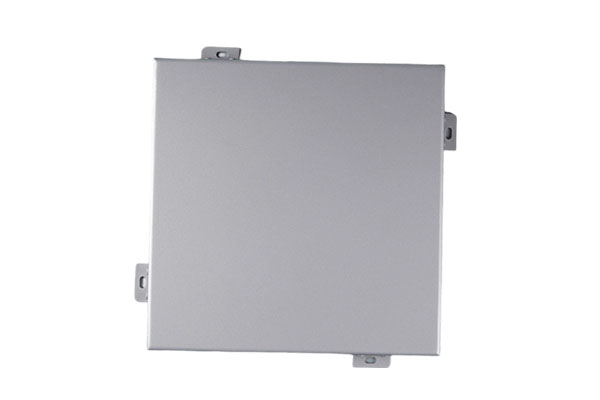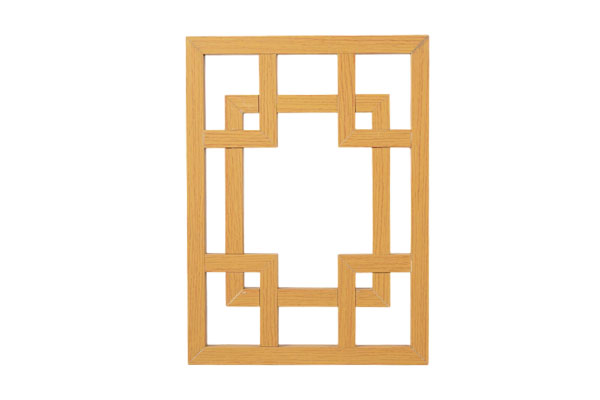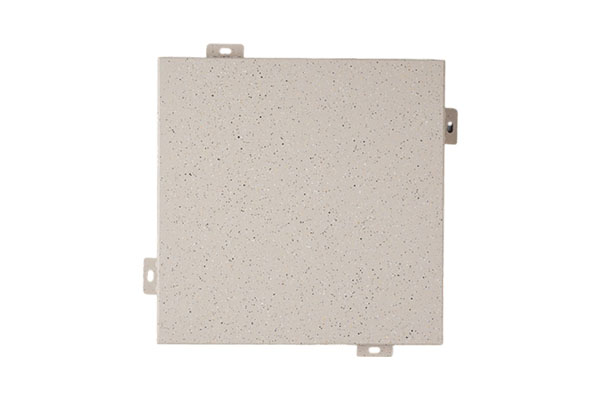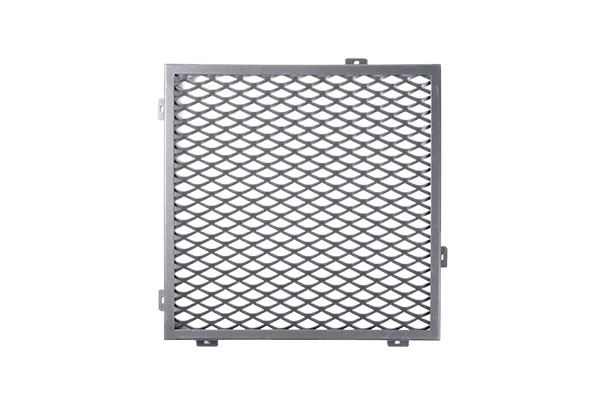What treatment needs to be done to the wall before installing imitation wood grain aluminum veneer?
Release Time : 2025-06-16
The installation effect of imitation wood grain aluminum veneer is closely related to the quality of wall foundation treatment. Whether the wall treatment is in place directly affects the flatness, firmness and overall aesthetics of the aluminum veneer after installation. Comprehensive and meticulous treatment of the wall before installation is the basic work to ensure the smooth progress of the imitation wood grain aluminum veneer installation project. This process needs to follow the standardized construction process, optimize the wall state from multiple dimensions, and provide a solid and reliable base condition for the subsequent aluminum veneer installation.
The first step in wall treatment is to conduct a comprehensive inspection of the basic condition of the base wall. It is necessary to carefully check whether there are obvious cracks, hollows, peeling and other structural defects on the wall. If these problems are not handled in advance, the panel will be deformed, loosened or even fall off due to the instability of the base after the aluminum veneer is installed. At the same time, it is also necessary to check the verticality and flatness of the wall. Although the specific error value is not mentioned, it is judged whether the wall meets the installation requirements based on construction experience or professional tools. For walls that do not meet the requirements, targeted solutions must be provided in subsequent treatment to ensure that the basic structure of the base wall meets the installation conditions of imitation wood grain aluminum veneer.
After completing the basic inspection, it is an essential step to thoroughly clean the wall. There may be dust, oil, release agent, cement slurry and other impurities on the wall surface, which will affect the adhesion or anchoring effect of the subsequent connectors and the wall. When cleaning, you need to choose the appropriate cleaning method according to the type of impurities, such as using a broom or vacuum cleaner to remove dust, using a rag dipped in a special cleaner to wipe off oil, and for more stubborn residues such as cement slurry, you can use a spatula or sandpaper to polish and remove it. Ensure that the wall is clean and free of debris to provide a clean base for subsequent leveling, pasting or anchoring operations, and avoid problems such as loose connections or uneven surfaces caused by the presence of impurities.
For wall defects found during the inspection, targeted repairs and leveling treatments are required. For smaller cracks and holes, cement mortar or special wall repair putty can be used to fill them. When filling, it is necessary to ensure that the material is fully bonded to the base layer to avoid secondary hollowing; for larger uneven areas, it is necessary to level them by plastering or scraping putty. During the operation, attention should be paid to layered construction, and each layer should be of moderate thickness. The next layer should be constructed after the previous layer is dry to ensure the strength and stability of the leveling layer. After the leveling is completed, the wall surface needs to be polished as a whole to make the wall surface smooth and uniform, providing a flat base for the installation of imitation wood grain aluminum veneer, and avoiding uneven gaps or local protrusions after the installation of aluminum veneer due to uneven wall surface.
When installing imitation wood grain aluminum veneer in a humid environment or outdoor wall, moisture-proof treatment of the wall is particularly important. A damp base layer will affect the service life of the connector, and may also cause rust or mildew on the back of the aluminum veneer, affecting the decorative effect and structural safety. Moisture-proof treatment usually requires a layer of special moisture-proof primer or waterproof coating to be applied after the wall base is dry. When applying, the coating should be evenly covered on the wall without missing or accumulating. In particular, attention should be paid to the Yin-Yang corners, pipe joints and other parts of the wall that are prone to water seepage, which need to be strengthened. Through effective moisture-proof measures, the influence of wall moisture on the installation system can be isolated to ensure that the imitation wood grain aluminum veneer can maintain stable performance and beautiful appearance in a humid environment.
In order to ensure the accurate and neat installation position of the imitation wood grain aluminum veneer, the wall layout positioning is the key preparation work before installation. When laying out the lines, according to the design drawings and the specifications of the aluminum veneer, the horizontal and vertical control lines should be popped up on the wall to clarify the installation position of each aluminum veneer and the fixed position of the keel (or connector). During the layout process, tools such as level and theodolite should be used to ensure the verticality and horizontality of the lines. At the same time, the size coordination of special parts such as the Yin-Yang corners, door and window openings on the wall should be considered to avoid the problem of dislocation or uneven gaps in the installation of aluminum veneers due to layout errors. Accurate positioning provides a clear reference for the subsequent installation of the keel or direct fixing, and is an important prerequisite for ensuring the installation accuracy of the imitation wood grain aluminum veneer.
After completing the basic treatment, cleaning, leveling, moisture-proofing and laying out of the wall, it is also necessary to check and prepare the auxiliary materials and tools required for installation. For example, check whether the specifications of the expansion bolts, embedded parts, keels and other connectors are consistent with the design requirements, and whether the performance meets the strength standards; prepare the tools such as screwdrivers, wrenches, and cutters required for installation, and ensure that the tools are in good condition. At the same time, it is necessary to confirm the environmental conditions of the wall again, such as whether the temperature and humidity meet the installation requirements, avoid installation in extreme weather or when the wall is not completely dry, and ensure that all preparations are ready before the formal installation of the imitation wood grain aluminum veneer to ensure the smooth progress of the entire installation process and the final decorative effect.







